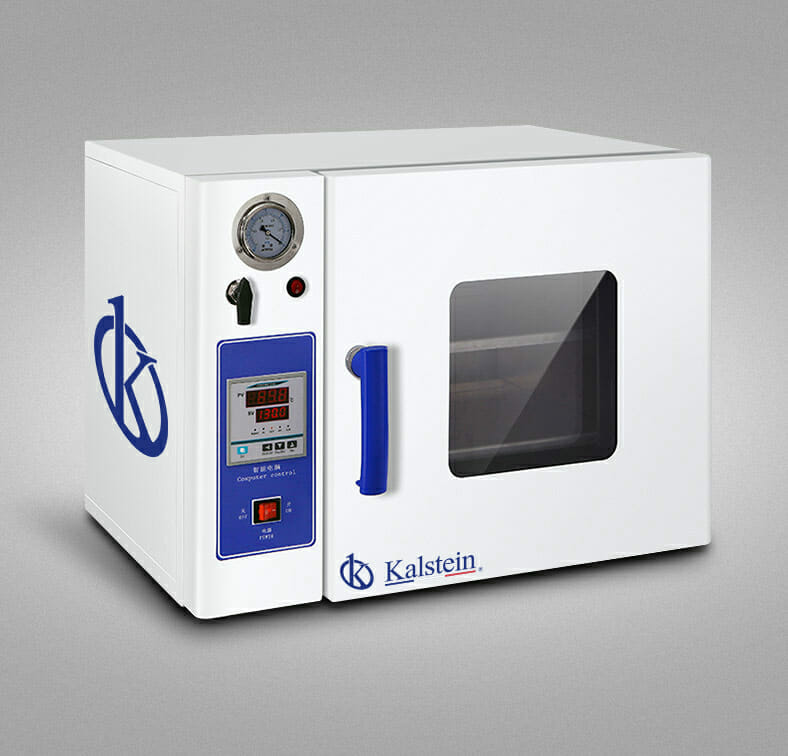A laboratory ovens by natural convection is one that extracts air from the environment in which the ovens is located. So it transmits heat in a uniform way throughout the equipment creating a natural air circulation.
The convection ovens have a double chamber. Air enters the bottom of the double chamber, heats up as it passes through the combustion chamber and is evenly distributed throughout the room.
Keep in mind that the laboratory ovens is a key equipment for drying and sterilizing glass and metal containers in a laboratory. It is also known as a drying oven and is classified into two types: by natural convection and forced convection, according to its mode of operation. They work between room temperature and 350°C.
What is natural convection?
Convection is a way of transmitting heat by the movement of fluids and between different densities. Natural convection is one of the oldest known methods for heating equipment. It has been used for years and centuries and has been modernized to what we know today. With this type of convection ovens what is achieved is to transform the cold air flows into hot air that is ejected and distributed homogeneously throughout the interior space of the ovens . This ensures an equitable redistribution of heat that is flowing throughout the equipment on a continuous basis.
What is the use of a natural convection ovens?
This equipment is used to dry and sterilize glass and metal containers from washing in a laboratory. Sterilization is another process performed by this equipment and is carried out by dry heat at temperatures of 180 degrees Celcius for about 2 hours. Glass or metal, when heated, by air at high temperatures, are completely free of any biological activity.
Characteristics
A laboratory ovens is made of stainless steel, both on the outside and inside, this gives them a high durability. In addition, they have a microprocessor that ensures a uniform temperature and allows digital graduation.
Method of use of a laboratory ovens
When working in a laboratory, common metal and glass containers should be washed, dried and sterilized. To do this, place the containers inside the ovens .
It generates dry heat at a temperature of 180 °C for about two hours, which allows the sterilization of all the material disposed in the drying cavity. This eliminates any possibility of biological contaminant activity in the vessels.
What is the importance of the ovens ?
Drying ovens have two primary functions in a laboratory: Drying and sterilizing the glass and metal material used in laboratory work, in examinations and tests performed in the laboratory.
After being used in any job, the metal and glass implements are washed and then placed in the ovens for drying and sterilization, leaving them ready for later use.
The sterilization performed in the ovens is produced by dry heat at 180 ºC for about two hours. This absorbs any traces of moisture and eliminates any persistent biological activity on the surface of these materials.
At Kalstein we offer you a new natural convection ovens. That’s why we invite you to take a look at the “Products” menu. HERE

